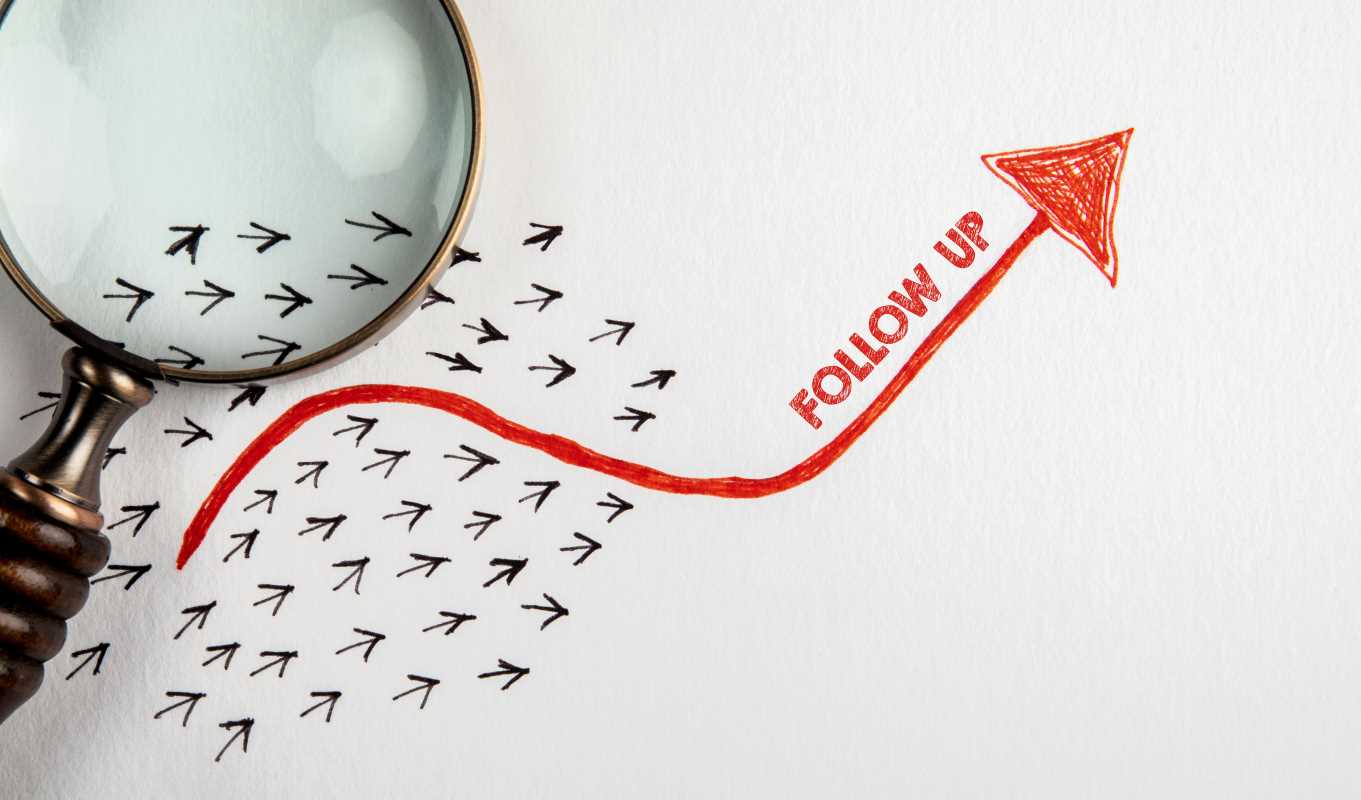In business, it's easy to fall into a competitive mindset where you view everyone else as a rival. But some of the most powerful growth doesn't come from defeating competitors; it comes from creating smart collaborations. The best partnerships are not about one side getting the better deal. They are built on a "win-win" foundation, where both parties contribute value and receive significant benefits in return. This approach transforms a simple transaction into a dynamic relationship that fosters mutual growth. When you find the right partner and structure a collaboration where everyone succeeds, you unlock opportunities that would be impossible to achieve on your own. It's about building a bigger pie together instead of fighting over a smaller one.
A true win-win partnership moves beyond a simple, one-time exchange. It's a strategic alliance where the success of one partner directly contributes to the success of the other. The core idea is synergy—the combined effect is greater than the sum of the individual parts. For this to happen, the relationship must be built on a foundation of shared goals, mutual respect, and transparent communication.
Think of it like a band. Each member is a talented musician on their own, but when they play together, they create a sound that is richer and more compelling. In a business partnership, one side might bring a large, engaged audience, while the other brings a fantastic product. By joining forces, they can both achieve something they couldn't do alone: the product reaches a new market, and the audience gets access to a great new offering. This mutual benefit is the engine that drives sustainable growth.
Step 1: Identifying the Right Potential Partners
The search for a partner should be as deliberate as any other major business decision. You aren't just looking for any company that will say yes; you're looking for the right fit. The best partners are often not your direct competitors but those who operate in complementary spaces.
A great place to start is by looking at "shoulder" industries. These are businesses that serve the same customer base as you but offer a different service or product. For example:
- A wedding photographer could partner with a florist or a caterer.
- A financial advisor could team up with a real estate agent.
- A graphic designer could collaborate with a copywriter.
In these scenarios, a referral or collaboration benefits the customer and creates a seamless experience. When evaluating potential partners, look for companies that share your values and have a good reputation. A partnership links your brand with theirs, so make sure you're associating with a name you can be proud of.
Step 2: Aligning on Goals and Expectations
Once you've identified a potential partner, the next step is to have an open conversation about goals. This is the most critical phase for building a win-win structure. If one partner is looking for quick, short-term sales and the other wants to build long-term brand awareness, you'll run into friction.
Before you launch any joint initiative, sit down and define what success looks like for both of you. Be specific. Don't just say you want "more exposure." Instead, set clear, measurable targets. For instance, your shared goal might be to generate 200 qualified leads from a co-hosted webinar or to increase social media followers by 15% through a joint giveaway. When both parties are working toward the same measurable outcome, it's much easier to stay aligned and motivated. This conversation should also cover roles and responsibilities. Who is creating the content? Who is managing the promotion? Clarity at this stage prevents future misunderstandings.
Step 3: Designing a Mutually Beneficial Initiative
With aligned goals, you can now design a collaborative project that provides clear value to both partners and, most importantly, to your combined audience. The initiative should feel natural and authentic, showcasing the best of what each partner has to offer.
A great example is co-creating content. A company that sells kitchen appliances could partner with a popular food blogger to create a series of recipe videos. The appliance company gets its products featured in an engaging format, and the food blogger gets high-quality content and exposure to a new audience. The viewers win because they get useful recipes and see the products in action.
Other popular win-win initiatives include co-hosting webinars, running joint social media campaigns, or offering a bundled product. The key is that the collaboration should make perfect sense to the customer and deliver a value that neither brand could have provided on its own.
Step 4: Maintaining a Strong and Transparent Relationship
A partnership is not a "set it and forget it" activity. Like any relationship, it requires ongoing communication and effort to thrive. Schedule regular check-ins to discuss progress, analyze results, and make adjustments to your strategy.
Transparency is crucial. Be open about what's working and what isn't. If you're not seeing the results you hoped for, have a constructive conversation about how you can pivot. A strong partnership can weather challenges, but only if both sides are committed to solving problems together.
Finally, remember to celebrate your shared successes. When you hit a goal or receive positive feedback on your collaboration, acknowledge the joint effort. This reinforces the value of the partnership and builds momentum for future projects. By focusing on mutual benefit and clear communication every step of the way, you can build powerful, win-win partnerships that become a cornerstone of your growth strategy.
 (Image via
(Image via





